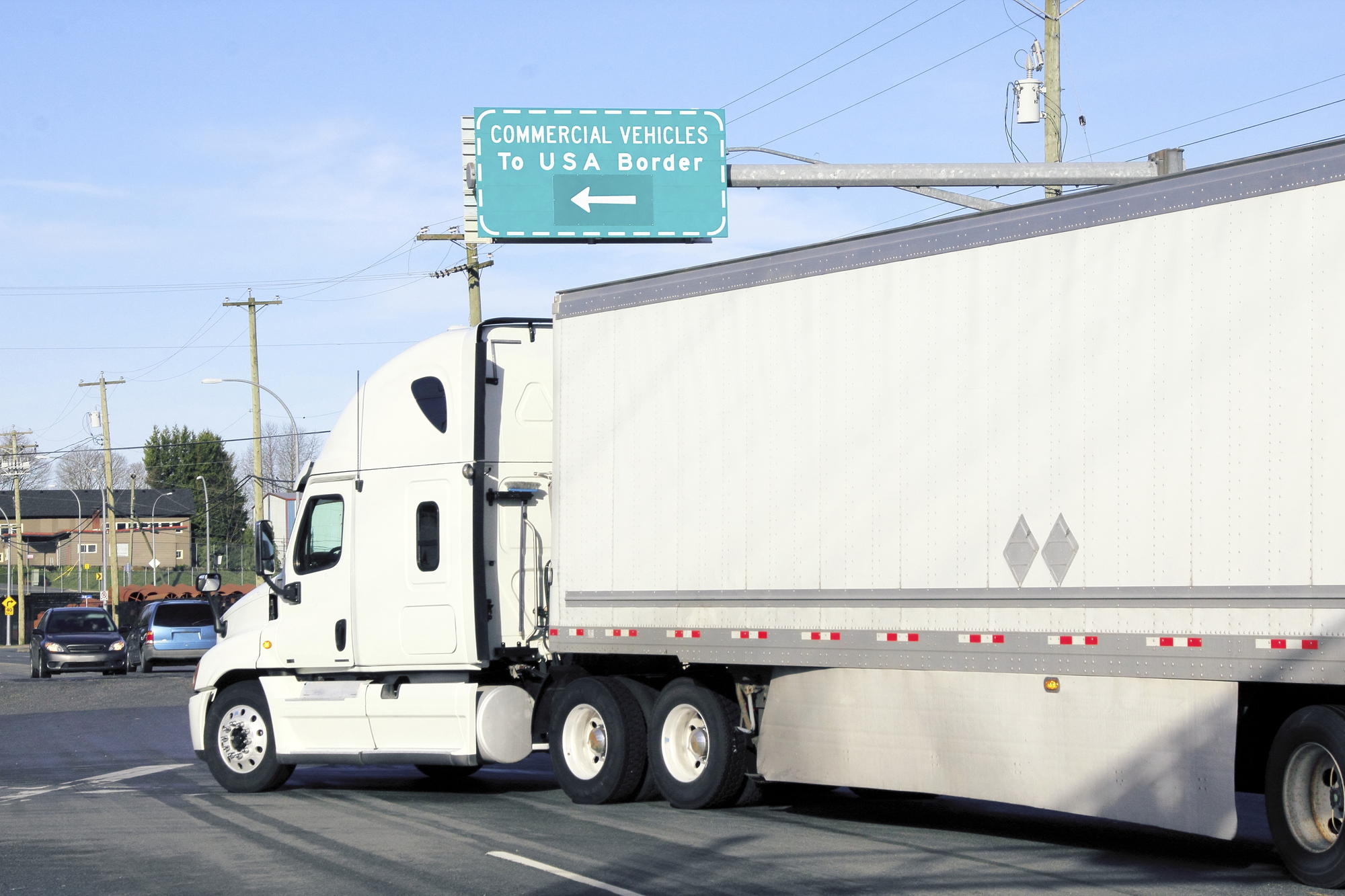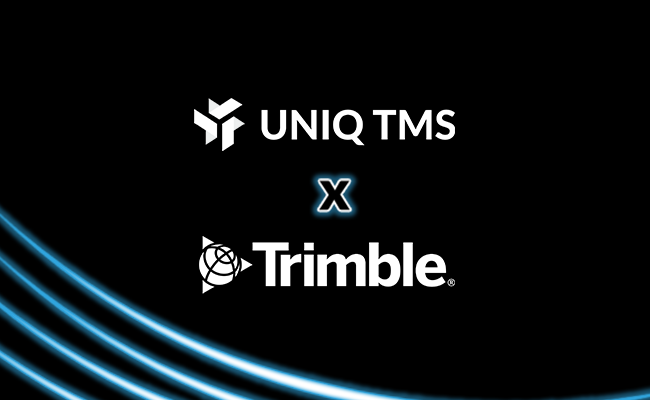
To stay competitive, it’s crucial for businesses to adopt new tools and systems that enhance their operations. One such tool is a Transportation Management System (TMS). A TMS streamlines transportation processes, improves efficiency, and reduces costs. However, implementing a new TMS requires training your team to ensure a smooth transition and maximize its benefits. In this article, we will explore five effective strategies to train your team on a new TMS.
Understanding the Importance of TMS Training
Before diving into the strategies, it’s essential to understand the role of TMS in business operations. A TMS is a software solution that helps manage and optimize transportation activities, such as planning, execution, and freight payment. By providing real-time visibility and control over the entire supply chain, a TMS enables businesses to make informed decisions and improve customer satisfaction.
However, without proper training, your team may struggle to leverage the full potential of a TMS. This could result in inefficiencies, errors, and missed opportunities. Therefore, investing in comprehensive TMS training is crucial for your team’s success.
The Role of TMS in Business Operations
At its core, a TMS serves as a central hub for transportation-related activities. It integrates with various systems, such as order management, inventory management, and carrier networks, to streamline processes and provide visibility across the supply chain. This allows businesses to optimize routes, consolidate shipments, track deliveries, and manage freight costs.
Imagine a scenario where a company is using a TMS without proper training. The team members may struggle to navigate through the system, leading to delays in processing orders and managing shipments. This can result in dissatisfied customers and potential financial losses for the business. However, with efficient TMS training, your team will be equipped with the knowledge and skills to effectively utilize the system, ensuring smooth operations and customer satisfaction.
Benefits of Efficient TMS Training
Efficient TMS training offers a multitude of benefits for your team and your business as a whole. Firstly, it empowers your team with the knowledge and skills needed to navigate the TMS effectively. This leads to improved productivity, reduced errors, and increased efficiency in transportation operations.
Moreover, comprehensive TMS training goes beyond basic functionality. It ensures that your team understands and fully utilizes the advanced features and functionalities of the system. For example, they will learn how to generate insightful reports and analyze data to identify cost-saving opportunities and optimize supply chain processes.
With the right training, your team will be able to leverage data-driven insights, make informed decisions, and gain a competitive advantage in the market. They will have the confidence to explore the full potential of the TMS, resulting in improved operational efficiency, enhanced customer service, and increased profitability for your business.
Now, armed with the understanding of the role of TMS in business operations and the benefits of efficient training, let’s dive into the strategies that will help you effectively train your team on a new TMS.
Strategy 1: Utilizing Interactive Training Sessions
One of the most effective ways to enhance TMS training is by incorporating interactive sessions. These sessions offer hands-on learning experiences that engage your team and enable them to apply their knowledge in real-time scenarios.
The Power of Hands-on Learning
Hands-on learning allows your team members to explore the TMS interface, perform tasks, and familiarize themselves with different functionalities. This approach ensures a deeper understanding of the system and builds confidence in using it effectively.
Furthermore, hands-on learning can also improve retention rates as individuals are more likely to remember information that they have actively engaged with. By physically interacting with the TMS system, team members can solidify their understanding and recall the processes more effectively in their day-to-day tasks.
Encouraging Active Participation
During interactive training sessions, encourage active participation from every team member. Create opportunities for them to ask questions, share ideas, and provide feedback. This promotes a collaborative learning environment and helps identify any areas that may require additional attention.
Moreover, active participation fosters a sense of ownership and accountability among team members. When individuals feel that their input is valued and their questions are addressed, they are more likely to be invested in the training process and motivated to apply their learnings effectively in their roles.
Strategy 2: Implementing a Step-by-Step Approach
When introducing a new TMS, it’s essential to break down the training process into manageable steps. This approach allows your team to learn at their own pace and ensures a comprehensive understanding of the system.
Implementing a step-by-step approach not only simplifies the learning process but also increases retention and application of knowledge. By breaking down the training into smaller chunks, employees can focus on mastering one concept at a time, leading to a more thorough understanding of the TMS.
Breaking Down the TMS Training Process
Start with the basics and gradually introduce more complex concepts. Provide clear instructions, demonstrations, and practical examples to guide your team through each step. This approach builds a solid foundation of TMS knowledge and prevents overwhelm.
Each step in the training process should be designed to reinforce previous learning while introducing new information. This iterative approach ensures that employees not only understand how to use the TMS but also why certain functions are important in the overall workflow.
The Importance of Sequential Learning
Sequential learning ensures that your team grasps each concept before moving on to the next. It allows them to build upon their existing knowledge and skills, resulting in a cohesive and comprehensive understanding of the TMS.
By following a sequential learning path, employees can see the logical progression of their training, which enhances their ability to connect different aspects of the TMS. This interconnected view fosters a deeper comprehension of the system and empowers employees to troubleshoot issues and optimize processes effectively.
Strategy 3: Incorporating Real-World Scenarios in Training
One of the most effective ways to reinforce TMS training is by incorporating real-world scenarios. This approach helps your team understand how the TMS can be applied to actual transportation challenges they may encounter.
Real-world scenarios bring a sense of practicality and relevance to the training sessions, making the learning experience more engaging and impactful. By immersing your team in scenarios that closely resemble the situations they face in their daily roles, you are providing them with a hands-on learning opportunity that goes beyond theoretical knowledge.
Making Training Relevant and Practical
Create training scenarios that mirror the challenges your team faces regularly. This could include scenarios related to carrier selection, order management, or tracking shipments. By incorporating real-world scenarios, your team will be better prepared to handle similar situations in their day-to-day operations.
Furthermore, tailoring the scenarios to specific challenges within your organization can help address any gaps in understanding or processes. This targeted approach ensures that the training directly addresses the areas that require improvement, leading to more effective skill development and application.
The Impact of Scenario-Based Training
Scenario-based training allows your team to develop problem-solving skills and critical thinking abilities. As they navigate through different scenarios, they will learn to utilize the TMS effectively to overcome challenges and optimize transportation processes.
Moreover, engaging in scenario-based training fosters a sense of collaboration among team members as they work together to find solutions and share insights. This collaborative learning environment not only enhances individual skills but also promotes a culture of teamwork and knowledge sharing within the organization.
Strategy 4: Providing Continuous Support and Resources
TMS training doesn’t end once your team becomes proficient with the system. It’s essential to provide continuous support and resources to ensure ongoing success.
When it comes to providing continuous support and resources for your team, the journey doesn’t stop at just initial training. It’s crucial to recognize that ongoing assistance is key to maintaining efficiency and maximizing the benefits of your Transportation Management System (TMS).
The Need for Ongoing Assistance
Offering ongoing assistance, such as a dedicated support team, plays a vital role in addressing any questions or challenges that may arise post-training. This proactive approach not only fosters a sense of security within your team but also boosts their confidence in utilizing the TMS effectively on a day-to-day basis.
Moreover, implementing regular check-ins or feedback sessions can further solidify the support structure, allowing team members to voice any concerns or suggestions for improvement. This open line of communication can lead to valuable insights that contribute to the continuous enhancement of your transportation processes.
Resources for Further Learning and Support
Aside from personalized assistance, equipping your team with a variety of resources is essential for their ongoing development and success. User guides, video tutorials, and online forums serve as valuable tools that empower team members to deepen their understanding of the TMS.
By encouraging exploration of advanced features, sharing best practices through tutorials, and facilitating knowledge-sharing in online forums, you create a dynamic learning environment that keeps your team engaged and informed. Staying abreast of the latest trends and updates in TMS technology ensures that your team remains at the forefront of innovation, ready to adapt to evolving industry demands.
In conclusion, the journey to maximizing the benefits of a TMS extends far beyond the initial training phase. By embracing a holistic approach that includes interactive training sessions, a step-by-step learning process, real-world application, continuous support, and a wealth of educational resources, you can empower your team to unlock the full potential of your transportation operations. With the right knowledge and skills at their disposal, your team will thrive in navigating the complexities of the digital age, driving efficiency and success in your transportation endeavors.
Ready to Transform Your Transportation Management?
Discover how Uniq TMS can streamline your logistics operations, enhance efficiency, and boost your bottom line. Visit https://uniqtms.com/ today and explore our innovative solutions designed to meet your unique transportation needs.

